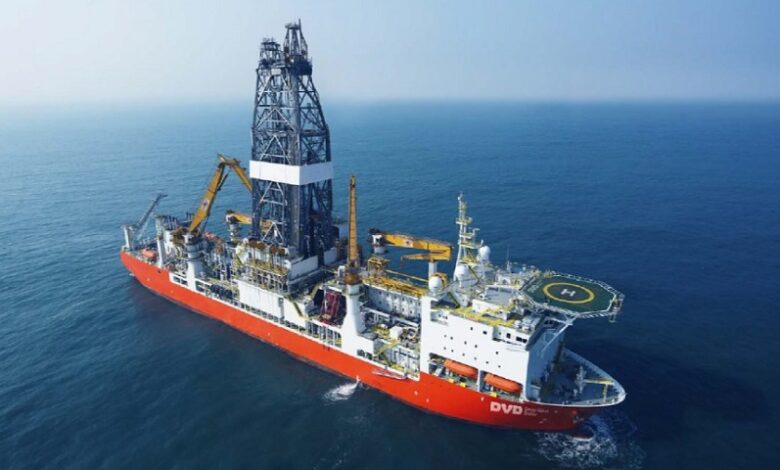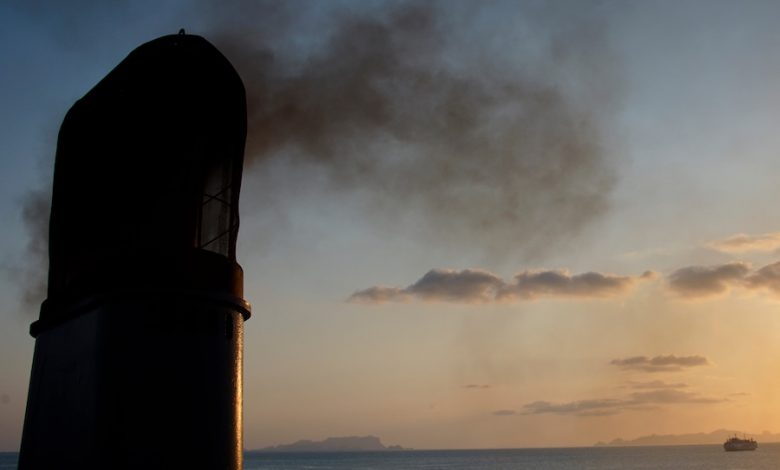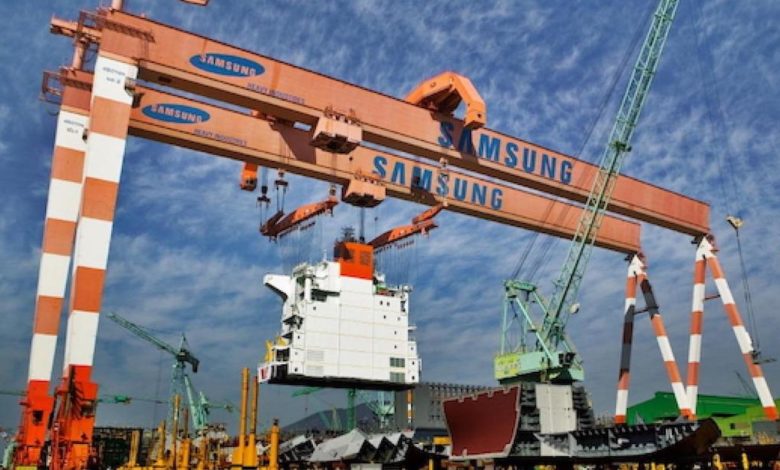Energy News Beat

Italy’s Saipem has exercised its option to amend its bareboat charter deal with Norwegian rig owner Deep Value Driller for the namesake drillship.
The Milan-listed offshore engineering and construction giant has fixed the 2014-built Deep Value Driller for 365 days from July 1, and secured options to extend the drillship’s charter by an additional year within the first six months of the initial contract.
The deal will bring in between $54m and $55m to Deep Value Driller, assuming no idle time or other periods where reduced rates may apply, the Oslo-listed company said.
Saipem was granted an option to amend the bareboat charter in March, together with an option to purchase the vessel, which has now also been firmed up. If exercised within 180 days of the initial period, Saipem will pay $300m for the seventh-generation drillship plus the remaining hire, according to last month’s release.
The post Saipem firms up drillship option at Deep Value Driller appeared first on Energy News Beat.






















